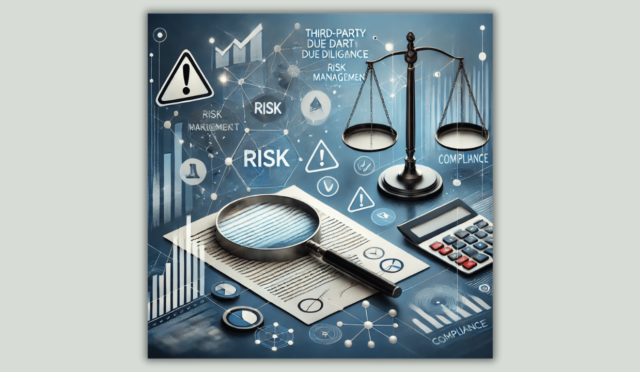In the fast-paced world of business and technology, efficiency and cost management are key components of a successful strategy. With the advent of advanced software systems, managing the intricate details of tech-related expenses has become both a challenge and an opportunity. A technology expense management system is a sophisticated tool that helps businesses keep track of, analyze, and optimize their technology spend. A system like Cimpl is vital for companies looking to gain a competitive edge through meticulous financial stewardship and strategic planning.
Understanding Technology Expense Management Systems and Their Role in Modern Businesses
Technology expense management systems are designed to provide a comprehensive view of a company’s technology-related expenditures. These platforms are crucial for organizations that rely heavily on information technology, as they consolidate various costs, such as software licenses, hardware purchases, and service agreements, into a single, user-friendly interface. By centralizing expense data, businesses can more easily monitor and manage their tech spending.
Moreover, with the rapid advancement of technology, staying abreast of costs has become increasingly complex. This is where such systems excel, offering seamless integration with accounting and procurement processes. They can track expenses in real time, providing valuable insights that enable businesses to make informed decisions.
The role of a technology expense management system in a modern enterprise also extends to vendor management. These systems allow businesses to ensure that they are not overpaying for services and are receiving the value promised by their technology providers. This strategic tool facilitates contract negotiations and renewals by providing historical data and usage trends that can influence decision-making.
Reducing Costs and Eliminating Inefficiencies in IT Spending
Technology expense management systems are instrumental in identifying and eliminating inefficiencies in an organization’s IT spending. By closely monitoring expenses, organizations can pinpoint cost centers that are underperforming or exceeding budgetary allocations. This vigilance often uncovers opportunities for consolidation or renegotiation of vendor contracts, resulting in substantial cost savings.
Cost reduction extends beyond contract management. An expense management system can reveal redundancies in software licenses or unused services that are still being paid for. Companies can then eliminate these excess costs and reallocate funds to areas of the business that offer better returns.
Furthermore, in companies with complex IT environments, the visibility provided by an expense management system helps prevent shadow IT—the use of technology that has not been approved by the IT department. By tracking all technology-related purchases and usage, companies ensure that investments are aligned with their IT strategy and avoid potential security risks associated with unauthorized tools.
Simplification and cost control are inherent outcomes of employing a sophisticated expense management system. Businesses can use these systems to strategically drive efficiency and productivity across the organization, maximizing their technology investments.
Strengthening Compliance and Security with Technology Expense Management Systems
Another significant advantage of a technology expense management system is its role in strengthening compliance and security within a company. These systems can keep accurate and detailed records of all technology expenses, ensuring that the company maintains proper financial controls and adheres to regulatory requirements.
In addition, many of these systems feature built-in controls and audit trails that enable businesses to monitor for fraudulent or unauthorized expenses. With enhanced oversight, companies can quickly detect irregularities and take action to protect their assets. This proactive approach to expense management serves as a deterrent to internal fraud, safeguarding the company’s finances and reputation.
The security of financial data is also a top priority for technology expense management systems. By utilizing advanced encryption and security measures, businesses can rest assured that sensitive financial information is protected from cyber threats. These security features are crucial for maintaining data integrity and preventing data breaches, which can be costly and damaging to a business’s credibility.
Compliance and security are twin pillars of a robust financial management strategy, and technology expense management systems provide the support needed to uphold both. The peace of mind that comes from knowing your company’s technology expenses are being managed effectively and securely is invaluable, contributing to a more secure and responsible business operation.
Overall, the implementation of a technology expense management system can revolutionize a business’s approach to handling IT expenses. Organizations looking to thrive in the digital age would be remiss not to consider such a system as a critical component of their financial infrastructure.







